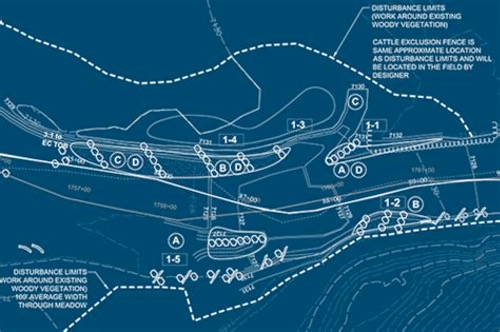As Colorado recovers from the COVID-19 pandemic and the largest wildfires in its history, the 2020 Resiliency Framework offers a path for the State to identify solutions, implement changes and track progress, in an effort to return to conditions better than before and prepare for future conditions.
The 2020 Colorado Resiliency Framework is available at the Colorado Resiliency Office webpage.
“Colorado built this collaborative tool to help adapt to risks like wildfires and floods while bringing new ideas to the table. This resource outlines forward-thinking strategies to address and overcome these crises so we can adapt and thrive,” said Governor Polis.
The Resiliency Framework is a guide updated every five years by the Colorado Resiliency Office (CRO) with the state’s Department of Local Affairs (DOLA) to provide fresh ideas, new approaches and actionable strategies to address the risks and vulnerabilities facing the lives of Coloradans. It harnesses resources such as the Colorado Resiliency Working Group, whose members and invested stakeholders participated in sector teams and three major Summits as part of this most recent update.
The 2020 Framework addresses four themes — adapting to our changing climate, understanding risks from natural and other hazards, addressing social inequities and unique community needs, and pursuing economic diversity and vibrancy. These four topics provide lenses through which to examine disruptions across the state such as fires, the pandemic, and more, to find common solutions that really work.
Universality pervades the strategies within the Framework, making them applicable to any corner of Colorado.
Resiliency planning encourages a community to develop strategies that reduce vulnerability to shocks and stresses, and build capacity to bounce back stronger after major events and thrive amidst changing social, economic, and environmental conditions.
There are a several paths that a community can take to address its long-term resiliency, from developing a local resiliency framework to incorporating resiliency into existing plans (e.g. land use plans, hazard mitigation plans, and comprehensive plans).
By planning for resiliency now, communities throughout Colorado will experience less damage and fewer losses from shocks and stresses such as a devastating flood, deep economic recession, or terrorism attack; they will be prepared to bounce back, and build back strong. Additional benefits of resiliency planning include:
- Increase community cohesion and community identity;
- Comprehensive and more universal vulnerability identification;
- Decreased impacts from shock and stresses;
- Lower costs associated with major events; and
- A roadmap to receive project funding.
Local governments have the ability to build in resiliency into a number of local plans, including master or comprehensive plans, land use plans, hazard mitigation plans, etc. Though there are a number of ways that communities can accomplish this, one possible way is through the development of a local resiliency framework.


